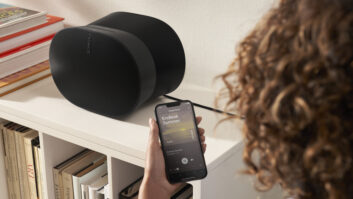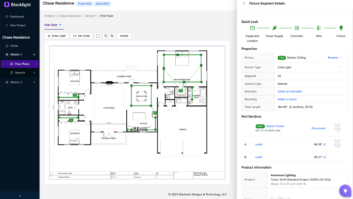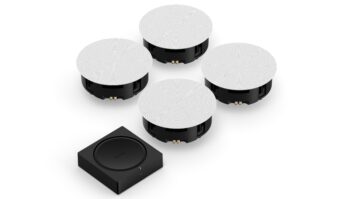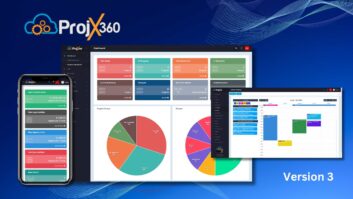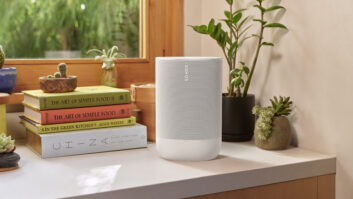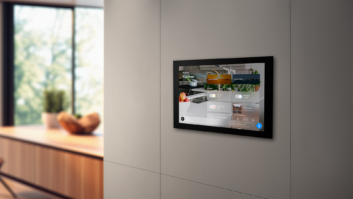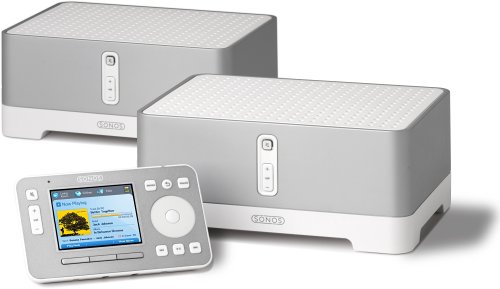
If you are a Sonos dealer, you received an email a couple of days ago detailing that several products will now “be classified as legacy and no longer receive software updates and new features.” And, if you are a Sonos dealer, you also likely started getting phone calls from customers who also got the same email and are wondering what the heck is going on with “this system you sold me!”
Customers are DEFINTELY confused and upset by this email. I had one customer call up to set up a service call to rip and replace all of his Sonos gear because he thought the email meant it would longer work come May.
So, first off…relax. Deep breaths.
This announcement does NOT mean that all of these Sonos system and components will suddenly stop working in May when they are classified as “legacy.” The systems will continue working on that date exactly as they do today. What is does mean is that they will no longer receive any software updates, improvements, or new features down the road.
Sonos is known for its software/app, and the company regularly rolls out new features, updates, and fixes to keep its systems up-to-date and in working order. And even though software is a “living thing” that can be improved, that only works to a point. The issue here is that these affected Sonos products, introduced between 2005 and 2011, do not have enough hardware memory or processing power to sustain future innovation. And, at some point, no matter how great and efficient the software, you will hit a ceiling of what the hardware is capable of doing. (Also, when you purchase something, there is no implied promise that it will “work and continue to receive free updates FOREVER!” but that’s a discussion for another day….)
Sonos commented, “Our commitment is to support products with software updates for a minimum of five years after we stop selling them, and we have a track record of supporting for longer. Once a given product stops receiving software updates, it will continue to work as it did the day before.”
This also isn’t the first time we’ve seen legacy features eliminated from Sonos systems. If you’ll recall, the “play from this device” feature is no longer supported due to an Apple iOS update; a risk you take when a product is so closely tied to technology owned by another company.
The email did include the rather ominous statement, “Over time this is likely to disrupt access to services and overall functionality,” which, of course, further fanned the flames of concern.
The FAQ expands this a bit, saying, “The functionality of features and services will eventually be impacted as technology, particularly music service and voice partners, evolves over time. An example would be a streaming service issuing new software that cannot be made to be backward compatible, or that requires more computing power than the old hardware can sustain.”
The challenge will be with systems that feature a mix of old/legacy components and new/current Sonos hardware. Dealers know that all Sonos products in a system need to be running the same software version, so if legacy components are part of a system that includes modern products, the modern products will not be able to receive software updates or new functionality, and will be locked into the software supported by the legacy hardware.
However, Sonos is providing a pathway for these users, saying, “Customers will be able to separate legacy players from modern systems and continue to use them. We’ll have more information to share closer to May when people will be able to take that action.”
Further, Sonos is offering customers owning these legacy products a generous “Trade Up” program to exchange and upgrade to new Sonos hardware. The customer will be offered a 30 percent credit applied to new Sonos hardware purchases for each product being replaced.
The full list of affected components includes the ZP-series (80, 90, 100, 120), Connect (manufactured 2011–2015), Connect:Amp (manufactured 2011–2015), Play:5 (Gen 1), Bridge, and CR200.
Dealers interested in becoming a Trade Up partner should contact their Sonos account manager to discuss the program terms in addition to reporting and recycling requirements.
Related: Sonos Move Review by John Sciacca
